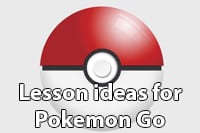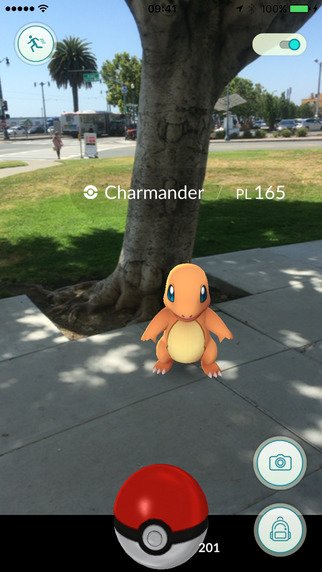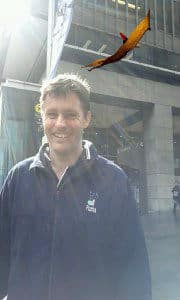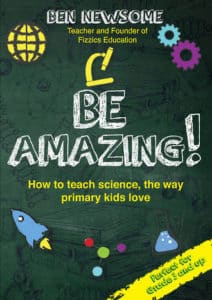
Pokemon Go lesson ideas
Well, hasn’t this app exploded across the world!?! One of the most viral game releases of all time, only 2 days ago TechCrunch has reported that Pokemon Go use has surpassed even Twitter in its daily users. A worldwide phenomenon, it has been launched by Niantic in celebration of the 20 year anniversary of the original Pokemon card playing game in Japan. With so many kids, teens and adults using Pokemon Go surely this is an opportunity for teachers to use this highly addictive content in the classroom to engage students, especially those kids who don’t readily engage with your standard science lessons.
If you aren’t completely up to speed with what Pokemon Go is all about, here’s a quick overview:
- Pokemon Go is an augmented reality app. What this means is that the app uses your smart device’s GPS location services and camera to overlay images of Pokemon cartoon characters into the viewing screen when you use the app.

- The Pokemon Go characters are shown on your local map at a “Poke Stop” and your job is to go and find them and catch them by shooting them with a ‘Poke ball’ to gain points. Each Pokemon character is different in it looks, height, weight (etc) which is recorded in a “Pokedex”. The Pokemon could be in shops, parks, streets or more and they flick in and out of existence within the game environment. Incredibly addictive and easy to use, the Pokemon Go app has caused the strange sight of people flocking to locations where the augmented reality characters, talk about what they’ve found and then rush off to the next location!
- You can get Pokemon Go on iTunes and on Android on Google Play.
Whilst this may not be everyone’s cup of tea when it comes to online gaming, you can’t deny that Pokemon Go has certainly hit a nerve amongst the general public. As teachers it’s our job to keep up with the times and use any means necessary to encourage learning in classroom and Pokemon Go could be yet another way you can do this. The following lists just some Pokemon Go ideas that could be used in a science lesson; some are analogies, some are more direct but all could be good fun in your classroom with the right introduction and context to the real world. It’ll be interesting to see what tactics work and what new lesson ideas emerge… either way, it’ll be a bit of fun!
As the Pokemon characters come in and out of the augmented reality existence, you have the opportunity to use this as an analogy to particle physics (!). Much research in quantum mechanics has been done into what reality actually is and there is a growing body of evidence to show that reality might only exist when we measure it, especially when it comes to whether reality is built of particles or waves. Recent research by the Australian National University conducted work into this which might worth bringing up with your senior science students.
Other ideas
- Get students to find other augmented reality apps. I remember using an augmented reality app during the 2011 Jurassic Science week for National Science Week.

Augmented reality at National Science Week 2011 - You could spend time teaching data literacy. How many times do the Pokemon characters turn up on a map? What has the class collected so far? How much time did each student spend collecting the item? How far did each student walk each on each Pokemon collecting mission? The students could create graphs, tables and surveys around these and more. The “Pokedex” which lists the attributes of each Pokemon character could be also be looked at – for example you could use their weight and height to determine their Body Mass Index!
- You could discuss the advent of Global Positioning Satellites and their application in real research. You could even discuss how your smart device’s GPS has to correct for relativity due to the speed of the satellites above!
- The ability to use maps is very important. In fact, your traffic predictions on your smartphone uses network theory to work out exactly how to get from point A to B in the quickest fashion. This also raises the question of how these apps use data storage and real-time tracking of devices to produce relatively accurate estimates of how long it will take to get a location based on traffic congestion.

Image: Niantic
These are just a few ideas for science class. What are yours? In the meantime, just be sure to give safety instructions to your students. There already have been a number of incidents where people have walked into moving traffic whilst chasing after Pokemon Go characters. Furthermore, there has been the sad case of reports of robberies occurring in some secluded sites where the augmented characters have been. Basically, students should have an adult with them if they’re young, participate in the game with friends and in well-frequented public places for safety and should use common sense whilst using the app.
Happy teaching,
NEW Primary science teaching book!
“Be Amazing! How to teach science, the way primary kids love”



























Comments